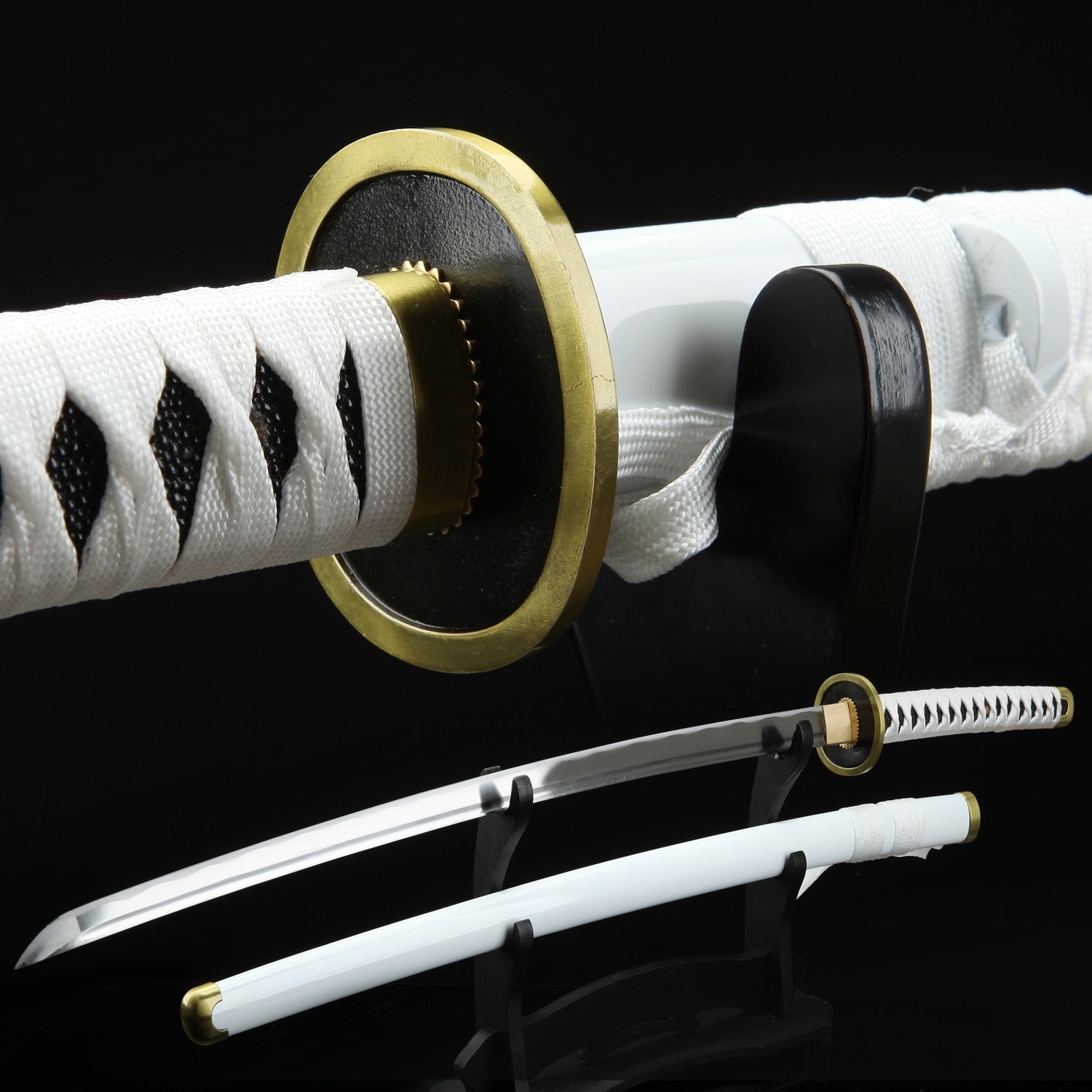The Katana, a symbol of Japan’s martial prowess and craftsmanship, has an enduring legacy that transcends centuries. Its timeless journey is woven into the fabric of Japanese history, culture, and tradition. The genesis of the Katana can be traced back to the tumultuous feudal era, where skilled swordsmiths honed their craft, blending metallurgical expertise with spiritual reverence. The forging process of a Katana is an art form in itself, with the meticulous folding and tempering of steel giving rise to a blade that is as sharp as it is resilient. Each Katana carries the soul of its maker, a fusion of skill, dedication, and a deep connection to the spiritual realm. The Katana’s legacy extends beyond its physical form; it embodies the samurai code, known as Bushido, emphasizing honor, loyalty, and discipline. For centuries, the Katana served as the weapon of choice for the samurai, the revered warrior class of Japan. It was not merely a tool for combat but a symbol of status, virtue, and the indomitable spirit of the samurai.

The katana sword association with the samurai has immortalized it as a cultural icon, evoking a sense of mystique and reverence that endures to this day. The Katana’s design reflects a perfect balance between form and function. Its gracefully curved blade, known as the hamon, allows for swift and precise strikes, while the distinctive guard, or tsuba, showcases intricate designs that often convey the swordsmith’s artistic flair. The Katana is not just a weapon; it is a work of art, a testament to the harmonious blend of aesthetics and lethal efficiency. Even the scabbard, or saya, is crafted with precision, providing a protective sheath for the blade and adding to the overall allure of the weapon. The Katana’s influence extends beyond the borders of Japan, gaining global recognition for its unparalleled craftsmanship. In the modern era, it has become a symbol of Japanese identity and a coveted collector’s item.
Renowned swordsmithing schools, such as the famed Seki tradition, continue to pass down the ancient techniques, ensuring that the art of crafting Katanas perseveres through generations. In recent times, contemporary artisans strive to uphold the legacy, experimenting with new materials and techniques while preserving the essence of traditional Katana craftsmanship. The Katana’s timeless journey is a testament to its enduring appeal and cultural significance. From the battlefields of feudal Japan to the hands of collectors and enthusiasts around the world, the Katana’s legacy lives on. It is not merely a weapon but a profound representation of Japan’s rich history, martial heritage, and the delicate interplay between strength and beauty. As the Katana continues to weave its story through time, it remains a revered symbol of the indomitable spirit of the samurai and the enduring legacy of Japanese craftsmanship.

